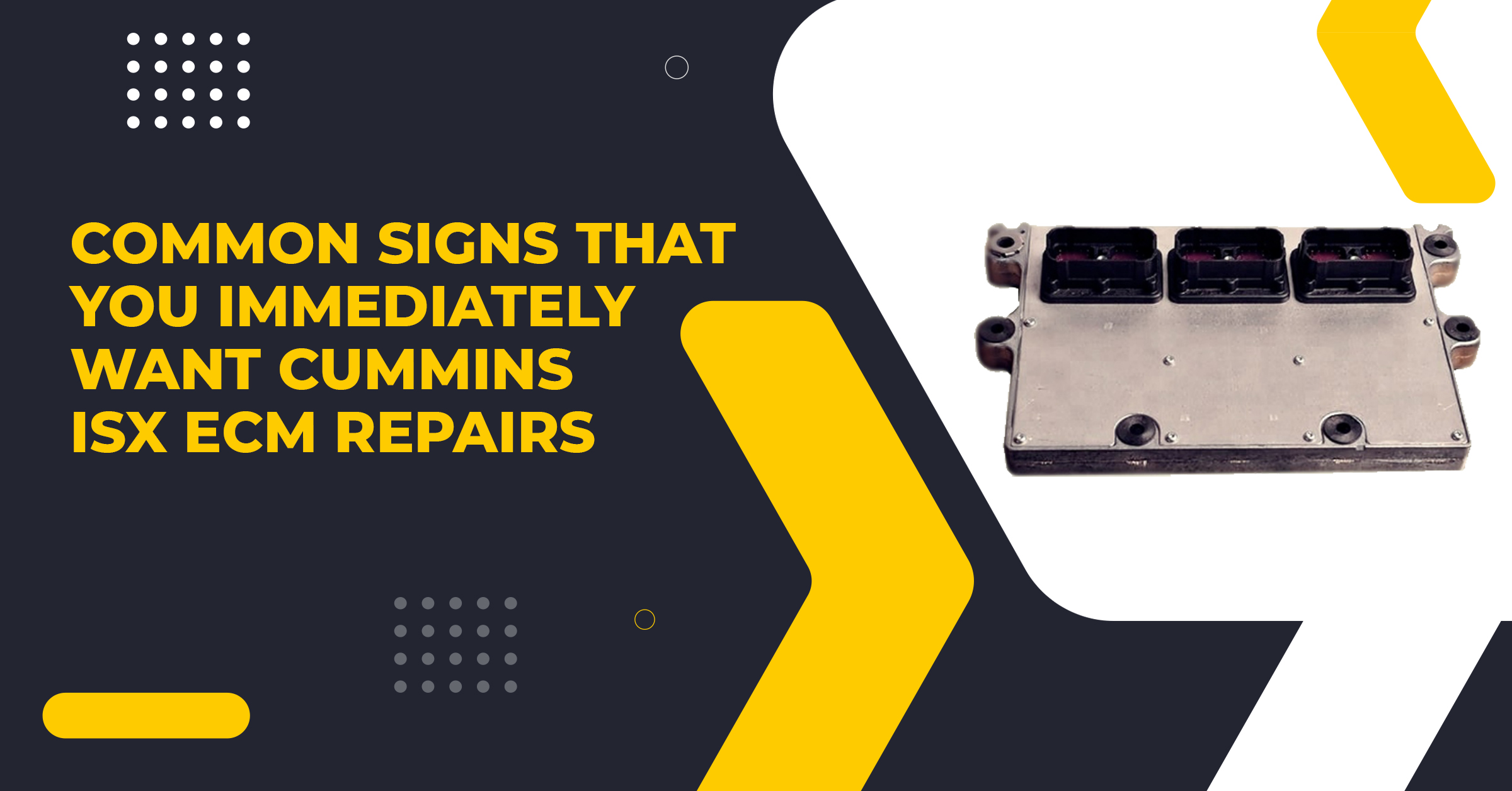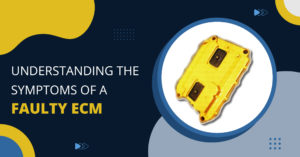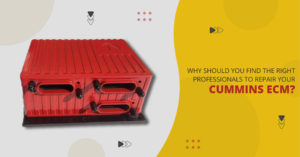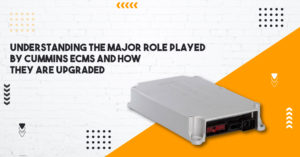By far, Cummins is the largest manufacturers of diesel engines for automotive and heavy equipment applications. With Cummins peaking in popularity, the chances are high that you own a Cummins engine. Being a Cummins engine owner, you might feel it necessary to keep it running at its peak.
So before heading to your local automobile shop for Cummins ECM Repair, it is good to take a look at the reasons why the engine refuses to function.
The ECM is arguably the most vital component of your engine. Without it, your equipment or truck cannot run efficiently or at all. Unfortunately, several factors can lead to ECM failure.
Component failure
Think of the ECM as a standard electronic device, such as a television or PC at your home. Likely, your TV has been replaced over the past few years and so has your PC. Electronic components placed in the ECM have certain lifespans. Failures tend to happen at the end of the life expectancy of the component. Electronic components were not meant to last forever. If they go undiagnosed, the problem will only get worse.
Environmental conditions
The majority of electronic part failures are associated with the components being susceptible to environmental factors. The ideal environment for them is room temperature, mild usage, and stationary movement. If your ECM is in a semi-truck and you are constantly on the road, environmental conditions are expected to fluctuate. From sweltering deserts to sub-zero temperatures, the extreme temperature fluctuation your ECM is experiencing is highly imperfect. The winter’s and under-the-hood temperatures could cause component failure. You could also blame the continuous vibration.
The ECM modules are typically placed on the side of the engine. The severe vibrations get worse when the engine is pushed to the absolute limit of performance.
Physical conditions
Another common factor that can wear down your ECM is external conditions that can enter the circuit board. These may include water or moisture damage, physical damage, or short circuits. You may often experience water or moisture damage causing the circuit board and electronic components to fail. However, it is not necessarily the water that damages the ECM; it is the minerals, salts, and ions that damage the circuit board. The tiny particles of minerals and other elements infiltrate the circuits, creating false connections.
When the moisture or water combined oxygen comes into contact with a capacitor (a metal component), it forms a chemical reaction that will lead to corrosion and deterioration of the material.
Short circuits could also damage the ECM. A short circuit occurs when more than one wire that is not supposed to come into contact with each other accidentally touch. Short circuits are of two types, including:
- Short to the ground – It refers to a current flowing from the circuit to the vehicle’s body.
- Short to power – This refers to two circuits with current flowing involuntarily, touching one another.
If you have noticed some of these issues in your Cummins ECM, get in touch with 1Engine Control, your reliable automotive expert. Please visit our site for further information.




